Xinhua Feng
Hunyuan-Large: An Open-Source MoE Model with 52 Billion Activated Parameters by Tencent
Nov 05, 2024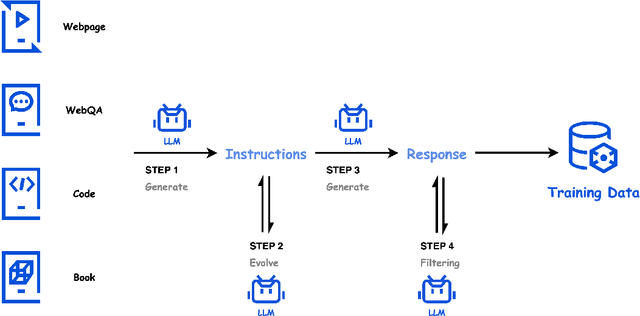
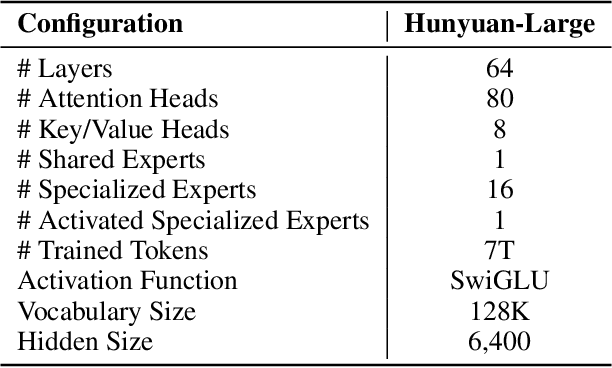
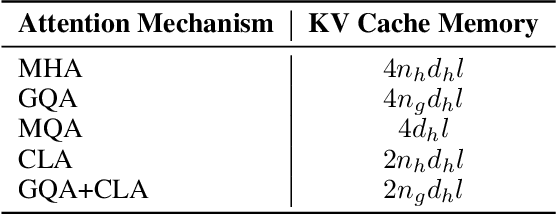
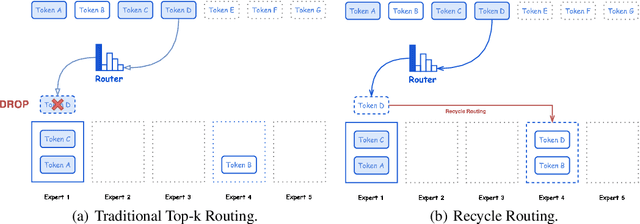
Abstract:In this paper, we introduce Hunyuan-Large, which is currently the largest open-source Transformer-based mixture of experts model, with a total of 389 billion parameters and 52 billion activation parameters, capable of handling up to 256K tokens. We conduct a thorough evaluation of Hunyuan-Large's superior performance across various benchmarks including language understanding and generation, logical reasoning, mathematical problem-solving, coding, long-context, and aggregated tasks, where it outperforms LLama3.1-70B and exhibits comparable performance when compared to the significantly larger LLama3.1-405B model. Key practice of Hunyuan-Large include large-scale synthetic data that is orders larger than in previous literature, a mixed expert routing strategy, a key-value cache compression technique, and an expert-specific learning rate strategy. Additionally, we also investigate the scaling laws and learning rate schedule of mixture of experts models, providing valuable insights and guidances for future model development and optimization. The code and checkpoints of Hunyuan-Large are released to facilitate future innovations and applications. Codes: https://github.com/Tencent/Hunyuan-Large Models: https://huggingface.co/tencent/Tencent-Hunyuan-Large
TencentLLMEval: A Hierarchical Evaluation of Real-World Capabilities for Human-Aligned LLMs
Nov 09, 2023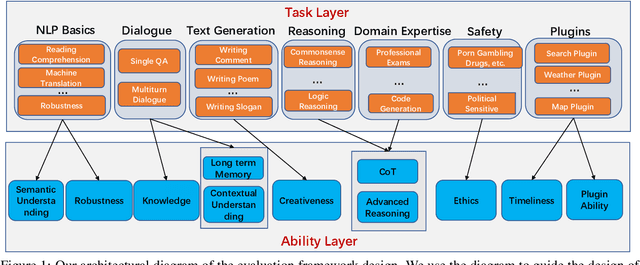



Abstract:Large language models (LLMs) have shown impressive capabilities across various natural language tasks. However, evaluating their alignment with human preferences remains a challenge. To this end, we propose a comprehensive human evaluation framework to assess LLMs' proficiency in following instructions on diverse real-world tasks. We construct a hierarchical task tree encompassing 7 major areas covering over 200 categories and over 800 tasks, which covers diverse capabilities such as question answering, reasoning, multiturn dialogue, and text generation, to evaluate LLMs in a comprehensive and in-depth manner. We also design detailed evaluation standards and processes to facilitate consistent, unbiased judgments from human evaluators. A test set of over 3,000 instances is released, spanning different difficulty levels and knowledge domains. Our work provides a standardized methodology to evaluate human alignment in LLMs for both English and Chinese. We also analyze the feasibility of automating parts of evaluation with a strong LLM (GPT-4). Our framework supports a thorough assessment of LLMs as they are integrated into real-world applications. We have made publicly available the task tree, TencentLLMEval dataset, and evaluation methodology which have been demonstrated as effective in assessing the performance of Tencent Hunyuan LLMs. By doing so, we aim to facilitate the benchmarking of advances in the development of safe and human-aligned LLMs.
 Add to Chrome
Add to Chrome Add to Firefox
Add to Firefox Add to Edge
Add to Edge